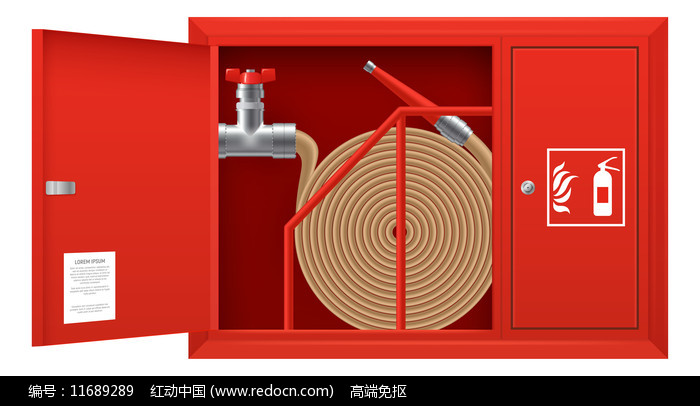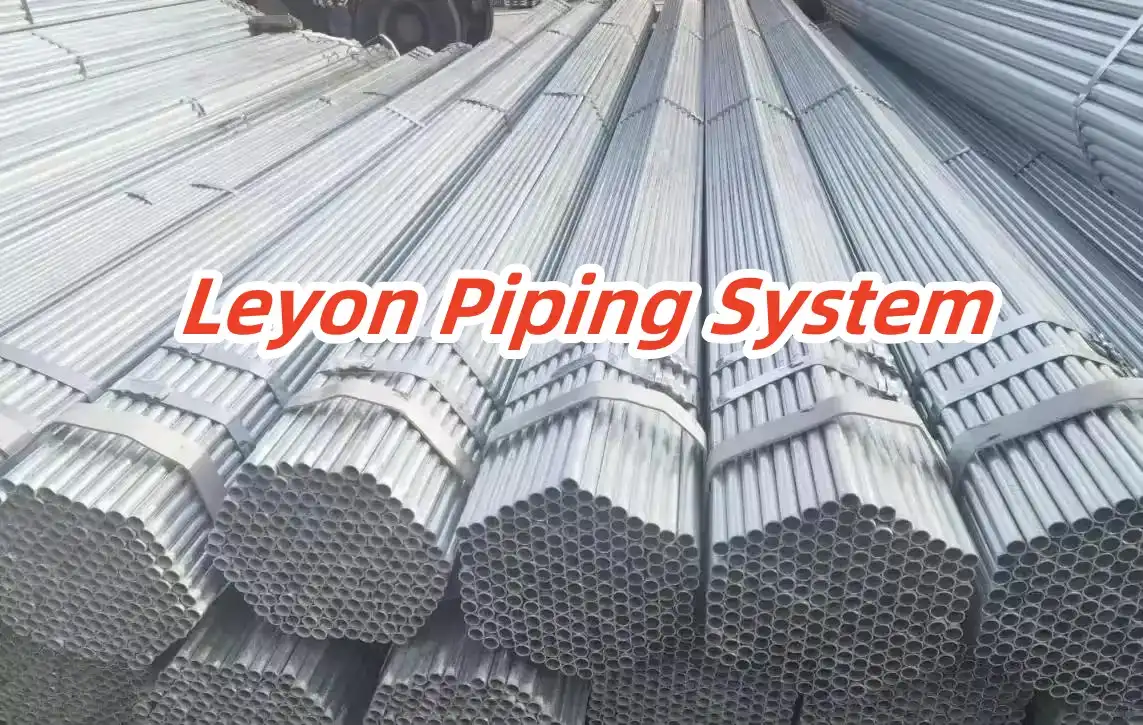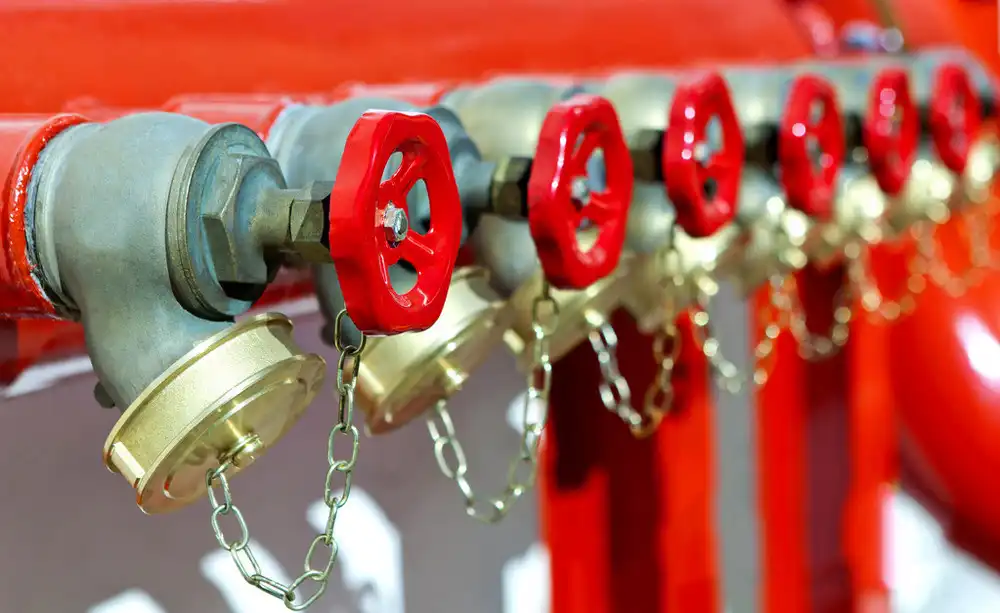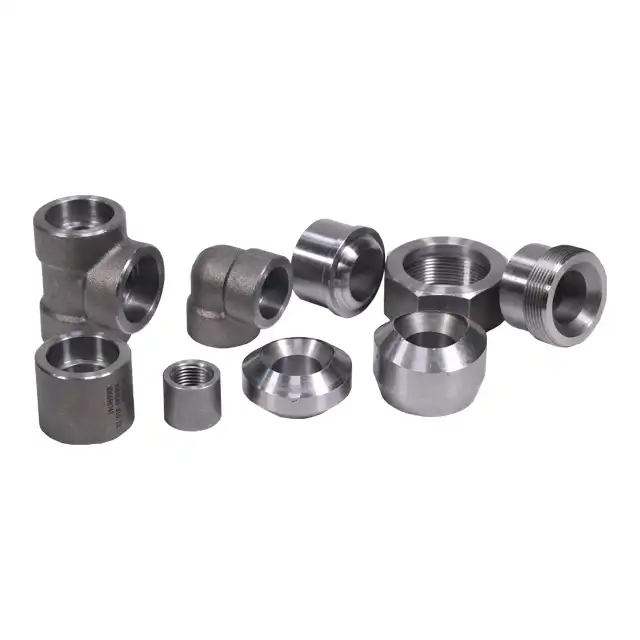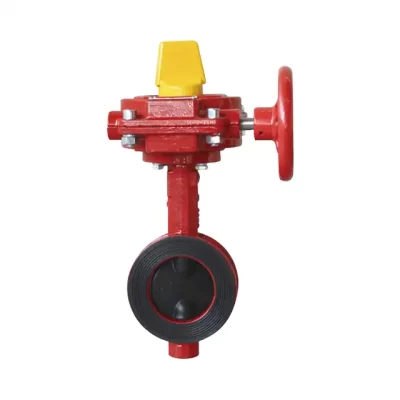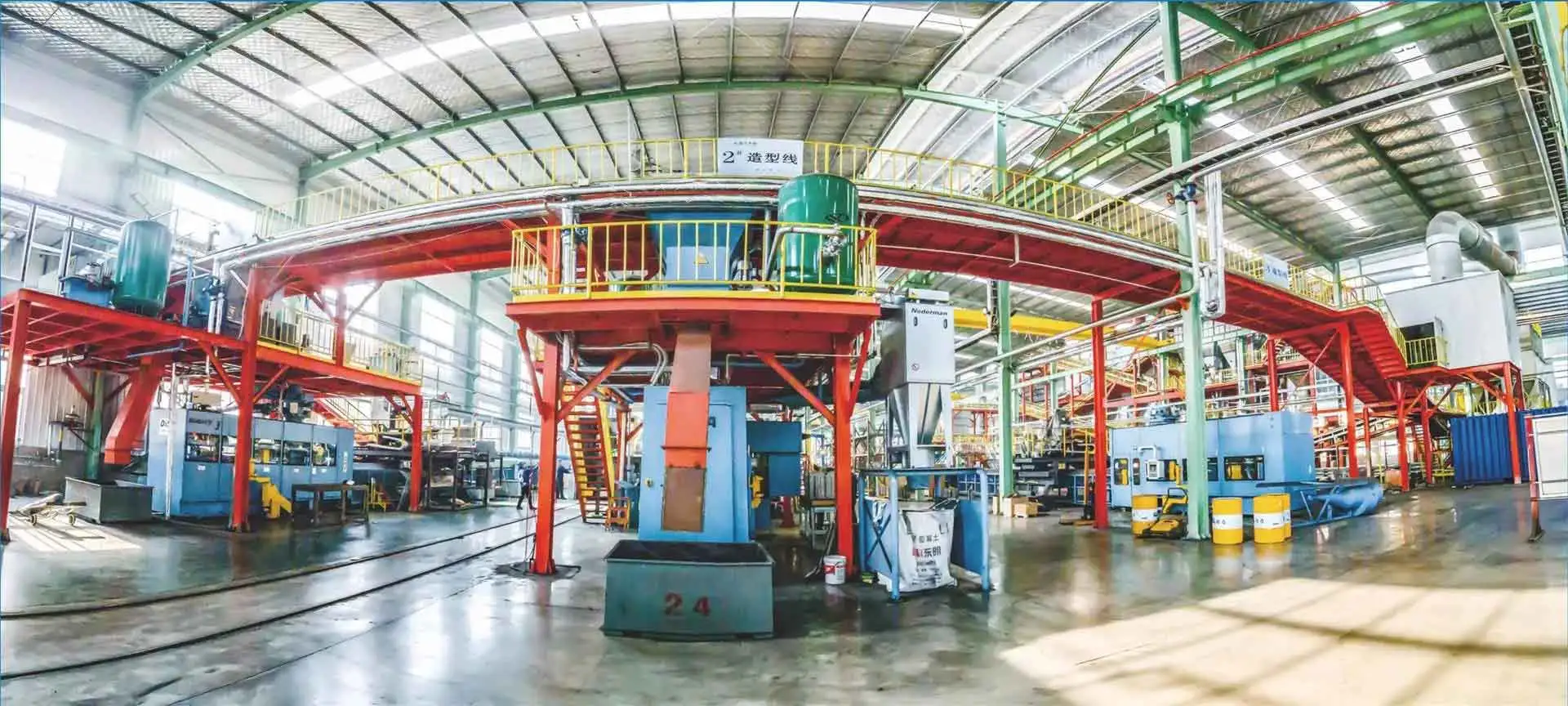A tamper switch is a critical component in fire protection systems, designed to monitor the status of control valves within fire sprinkler systems. These devices play an essential role in ensuring that the fire suppression system remains functional by detecting any unauthorized or accidental changes to the position of key valves, which control the water supply. Understanding the role of tamper switches can help ensure that fire protection systems work effectively when needed most.
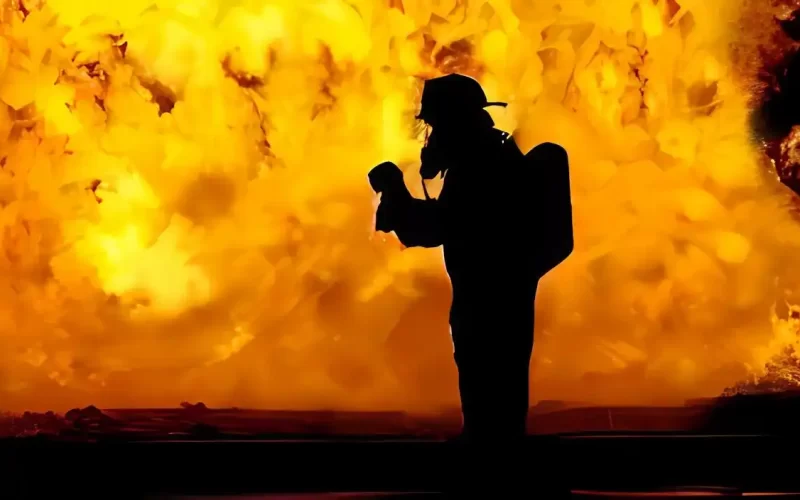
How Does a Tamper Switch Work?
In a fire sprinkler system, control valves manage the flow of water to the sprinkler heads. These valves need to remain open for the system to function properly. A tamper switch is installed on these valves, often on types such as the post indicator valve (PIV), outside screw and yoke (OS&Y) valve, or butterfly valves. The tamper switch is connected to a fire alarm control panel and works by monitoring the valve’s position.
If the valve is moved from its fully open position—whether intentionally or accidentally—the tamper switch will send a signal to the control panel, triggering a local alarm or alerting a remote monitoring service. This immediate notification helps building personnel quickly address the issue before it compromises the system’s effectiveness.
Why Are Tamper Switches Important?
The primary purpose of a tamper switch is to ensure that the fire protection system remains operational at all times. Here’s why it’s a critical component:
Prevents Unintentional Shutdown: If a control valve is closed or partially shut, it can prevent water from reaching the sprinkler heads. A tamper switch helps detect any such changes, ensuring the water supply is maintained.
Discourages Vandalism: In some cases, individuals may attempt to shut off the water supply to the sprinkler system, either as a prank or with malicious intent. A tamper switch immediately alerts authorities to such actions, reducing the risk of vandalism.
Compliance with Fire Codes: Many building and fire safety codes, such as those established by the National Fire Protection Association (NFPA), require tamper switches to be installed on key valves in fire sprinkler systems. Failure to comply with these standards can lead to penalties, insurance complications, or, worse, system failure during a fire emergency.
Ensures Rapid Response: In the event that a tamper switch is triggered, the fire alarm control panel immediately notifies building management or a monitoring station. This allows for quick investigation and correction, minimizing the time the system is compromised.
Types of Valves Monitored by Tamper Switches
Tamper switches can be installed on various types of control valves used in fire sprinkler systems. These include:
Post Indicator Valves (PIV): Located outside a building, PIVs control the water supply to the fire sprinkler system and are marked with a clear open or closed indicator. A tamper switch monitors whether this valve has been altered.
Outside Screw and Yoke (OS&Y) Valves: Found inside or outside buildings, OS&Y valves have a visible stem that moves when the valve is opened or closed. Tamper switches ensure this valve remains open unless shut down for maintenance.
Butterfly Valves: These are compact control valves that use a rotating disc to regulate water flow. A tamper switch attached to this valve ensures it remains in the proper position.
Types of Valves Monitored by Tamper Switches
Tamper switches can be installed on various types of control valves used in fire sprinkler systems. These include:
Post Indicator Valves (PIV): Located outside a building, PIVs control the water supply to the fire sprinkler system and are marked with a clear open or closed indicator. A tamper switch monitors whether this valve has been altered.
Outside Screw and Yoke (OS&Y) Valves: Found inside or outside buildings, OS&Y valves have a visible stem that moves when the valve is opened or closed. Tamper switches ensure this valve remains open unless shut down for maintenance.
Butterfly Valves: These are compact control valves that use a rotating disc to regulate water flow. A tamper switch attached to this valve ensures it remains in the proper position.
Conclusion
A tamper switch is an indispensable part of a fire protection system, ensuring that control valves remain open and the water supply to fire sprinklers is never disrupted. By detecting any changes to valve positions and triggering an alarm, tamper switches help maintain the integrity of fire suppression systems, protecting buildings and their occupants from potential fire hazards. Installing and maintaining tamper switches is a vital step in ensuring a building’s fire safety system complies with regulations and functions reliably in an emergency.

